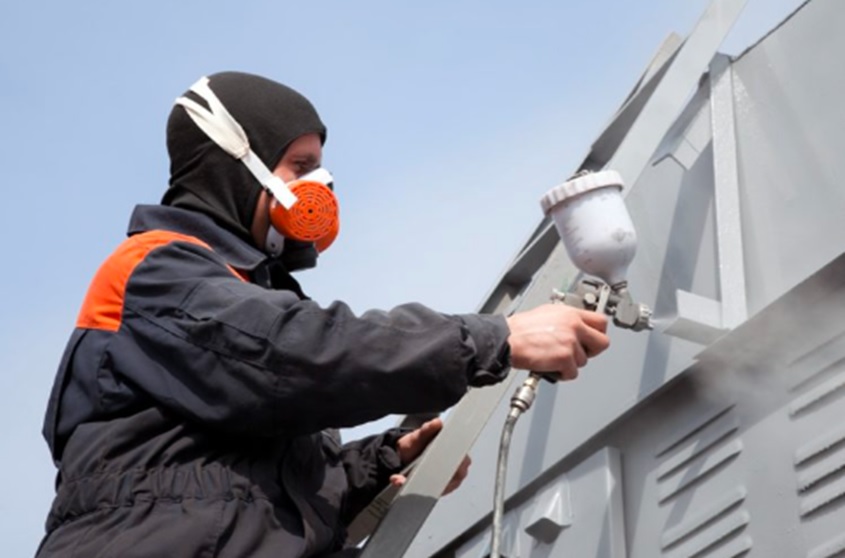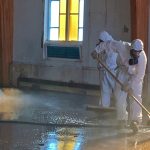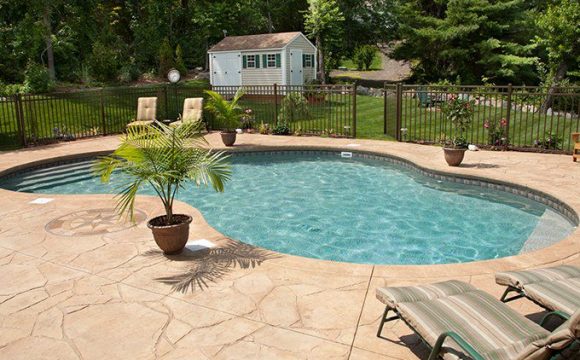Application method is about as important as color and type of paint choice when it comes to painting the exterior of your home. Knowing the differences between these techniques will help you determine which one can be best for your project.
Advantages of Rolling
- Better Control and Coverage: One has better control over the application process while rolling. This provides more even coverage, especially on textured surfaces. The paint will be pushed into nooks and crannies by the roller, allowing them to be properly covered.
- Less Overspray: Since the roller is used to paint the actual surface, much of the overspray associated with regular spraying is drastically reduced. That means less wasted paint and less of a chance of paint getting on those surfaces you don’t want painted, like windows, doors, and landscaping.
- Suitable for Windy Conditions: Wind does not affect rolling, so it is more reliable in many types of weather. Wind can cause drift in spray paint and may result in uneven coverage and possible messes.
- Easier Cleanup: Cleanup after rolling is generally easier than with spraying. Wash the rollers and brushes with water if painting with water-based paint or with rags and paint thinner if oil-based paint is used. Less masking and covering of adjacent surfaces is needed.
Disadvantages of Rolling
- Time-Consuming: Rolling is more time-consuming than spraying large surfaces. Besides, it requires more physical effort and additional passes to lay an even coat.
- Labor-Intensive: The actual physical effort that rolling requires is huge, especially if you have to ladder or scaffold the job in most cases, reaching higher areas.
Advantages of Spraying
- Speed: Spraying, compared to rolling, is very fast. The paint sprayer can cover large areas quickly and, therefore, works very well on large projects or projects with a tight timeline.
- Smooth Finish: Spraying can give an ultra-smooth and even finish without brush or roller marks. This works well on getting a professional appearance on smooth surfaces.
- Reaches Into Spaces That Are Difficult to Reach: Thus, sprayers can easily reach into tight corners, crevices, and intricate architectural details which otherwise may be difficult to get to with a roller or brush.
- Efficient for Large Areas: For large areas, like the sides of big houses or commercial buildings, it’s usually less fatiguing and more time-efficient to spray than to roll.
Disadvantages of Spraying
- More Prep Work: Long prep time to mask and cover all the areas not to be painted, including windows, doors, trim, and landscaping.
- Possible Overspray: Overspray can be a real problem due to loss of paint and damage to areas around the property. This is especially so during windy conditions.
- More Expensive Equipment: Painting sprayers are expensive to purchase or rent. They also require frequent maintenance and cleaning to keep them in good condition.
- Complex Cleanup: Cleaning a paint sprayer is much more complex and requires more time than cleaning brushes and rollers. They need to be purged well so that blockages are not formed, and the performance is maintained.
This post was written by a professional at Fresh Painting FL. Whether it’s a residential internal or an external painting, Their team of expert painters and professionals at Fresh Painting FL in Jacksonville offers incredible service and an excellent finish at affordable prices. They specialize in residential painting, and internal and exterior painting, and we pride ourselves in being reliable, honest, and hard-working. Get the best commercial painters st augustine fl at Fresh Painting FL.









